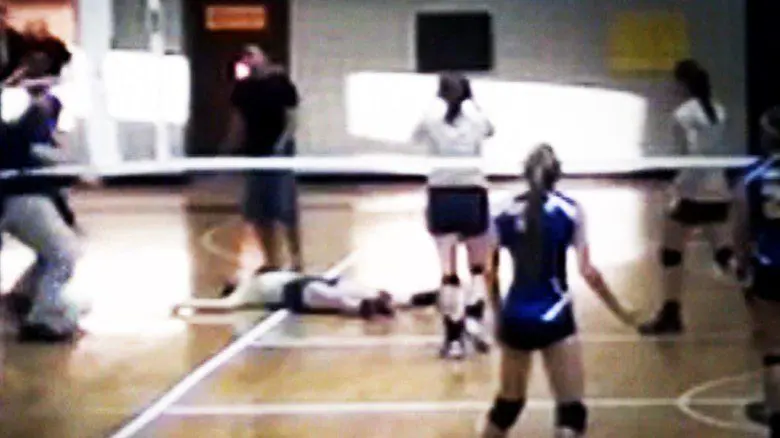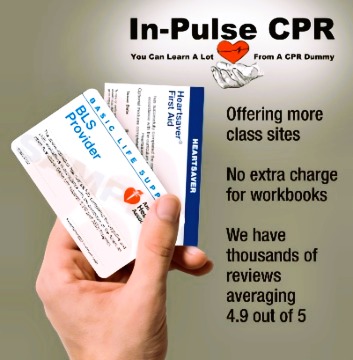AED anecdote
A young woman still in high school would seem to be the least likely of candidates to suffer from cardiac arrest and require the use of an automated external defibrillator (AED) in order to save her life. However, for 17 year old Claire Crawford of Loganville, GA, that was exactly what happened.
Claire had been participating in a volleyball match in her high school gym during senior’s night when she started to feel faint and dizzy. To the horror of her parents and onlookers, she grabbed her chest and fell down to the floor. Her heart had three critical blockages and, as a result, the teenage athlete was suffering from a kind of cardiac arrest that can only be fixed with an electrical shock.
While a crowd quickly gathered around her, Julie Sirmans, an academic dean at the school who was also a member of the district’s CPR certified “Code Blue” team, went through the motions of her training with the assistance of an athletic trainer who was on the scene as well as a parent who also knew CPR.
After instructing someone to call 911, Sirmans went to work with the school’s AED. The device played its automated recorded instructions which Sirmans followed, shocking Claire and administering CPR when directed.
As a result of the life saving combination of Sirmans’ training, CPR, and the availability of an AED machine on site, Claire was already conscious and sitting up when paramedics arrived on the scene. She immediately underwent triple bypass surgery and had an internal defibrillator implanted.
It is estimated that increased AED availability and more training on how to use them could save an incredible 50,000 lives each year. The American Heart Association states that a cardiac arrest victim’s chances of survival decrease by 7 to 10 percent for every minute that passes without the application of defibrillation and strongly advocates for greater access to AEDs in office and public buildings. Proper knowledge of the machines and heart health in general would have a long lasting and empowering impact on the general public.
In much the same way as we have codes and regulations that determine reliable access to fire extinguishers, schools, businesses, and public buildings would do well to take a proactive approach and learn from Claire Crawford’s harrowing ordeal in which CPR/AED education and readiness made all the difference.




